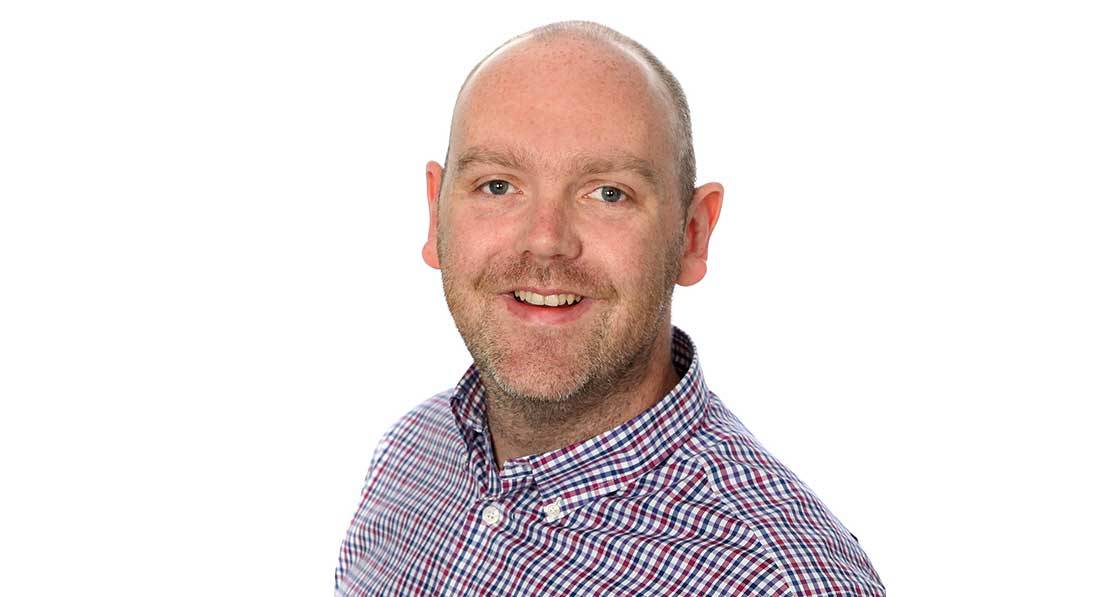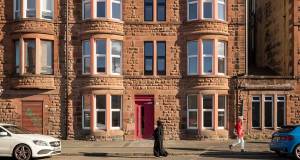
- General
- Posted
2020 feels pivotal for passive house - Barry McCarron, PHAI
Passive house veteran Barry McCarron has just taken over as chairperson of the Passive House Association of Ireland for a three-year term. But he believes the unique convergence of national and international events makes 2020 particularly critical for delivering a sustainable built environment.
This article was originally published in issue 34 of Passive House Plus magazine. Want immediate access to all back issues and exclusive extra content? Click here to subscribe for as little as €10, or click here to receive the next issue free of charge
Barry McCarron takes charge of the Passive House Association of Ireland (PHAI) at a crucial time, with the all-Ireland group celebrating its 10th anniversary this year. “My own term of chair is for three years, but this year feels pivotal given the wider context — the climate change imperative, the recent introduction of NZEB [nearly zero energy building standards] in the Republic of Ireland, the European green deal, the potential for a new Irish government, and of course the Covid-19 pandemic.”
His immediate goal for the year is to deliver new educational material on the passive house standard. First up will be a definitive, easy-to-read guide to passive house and NZEB. Beyond that, he also hopes to roll out bespoke training in passive house design and construction, and to develop passive house education activities for primary, secondary and third level students.
“The original mission of the PHAI is to promote, educate and facilitate, to develop a strong identity, understanding and demand for the passive house concept. I see this still being as relevant today. I also see big opportunities for collaboration with others such as the Irish Green Building Council. We are both advocating for healthy, high performance, low environmental impact buildings.”
McCarron sees the passive house standard as more relevant than ever despite the recent introduction of NZEB standards into the building regulations in the Republic of Ireland. “Now that NZEB is here the passive house standard just makes complete sense. In my opinion it is the best quality assured route to NZEB.”
He says this is because some of the key principles of passive house design — insulation to low U-values, thermal bridge free design, triple glazing, airtightness, and mechanical ventilation with heat recovery — are critical to eliminating the ‘performance gap’ between designed and as-built energy performance.
“Much of Part L is welcome however it doesn’t lock you into these five principles and this is exactly why there is potential for a performance gap to remain, or for more high-profile mistakes to occur.”
McCarron’s main concern with Part L is that it still allows natural ventilation in reasonably airtight buildings (between 3 and 5 m3/hr/m2). “Many studies have already demonstrated how poor natural ventilation is at delivering air exchange,” he says.
“The passive house methodology provides a framework for quality assurance. In the Republic of Ireland, we have made some improvements with respect to building control with the introduction of BCAR [Building Control Amendment Regulations], however it is still not ideal. Self-certification by default is a conflict, and then there is the option to opt out, which many do because of the cost.
“There is huge potential opportunity to advocate the passive house standard as an alternative means of quality assurance for one-off domestic housing. The certification route provides robustness and quality assurance from design stage to completion.”
McCarron is also keen to promote the Passive House Institute’s lesser known, and less onerous, low energy building standard. “I often have people say to me ‘I want to do the concept, but I don’t want to go all the way to passive’. That’s what the low energy building standard is available for.”
But regardless of how good new build is, deep retrofit of our building stock remains the biggest challenge for reducing carbon emissions from buildings (as well as making them healthier and more comfortable). There is growing hope, however, that deep energy retrofit may become a focal point of economic stimulus plans in the era of Covid-19.
“This is the real pertinent issue and the real low hanging fruit opportunity for any new government in Ireland with respect to meeting our carbon emission targets by 2030. In order to stimulate this market, it will require several financial instruments but the one I hope to see evolve soon is the growth in commercial green loans from providers here in Ireland. Passive house offers an excellent vehicle here, it has a framework and methodology with is measurable through to certification, which should dovetail with the requirements of financial providers.”
McCarron was just about to hand in his doctoral thesis at Queens University Belfast as Passive House Plus was going to print. His research has found that passive houses have, on average, 45% lower radon measurements (35 Bq/m3) than the national reference level of 77 Bq/m3 — showing the importance of well-designed, balanced mechanical ventilation systems in removing indoor air pollutants.
“Typically, the ground floor in a dwelling will exhibit a higher level of radon to the first floor, however my findings displayed a much more even distribution in passive houses, which would indicate how effective the cross flow principle and a properly commissioned, balanced mechanical heat recovery ventilation unit is,” he says.
McCarron’s day job is as senior business development manager at the South West College’s InnoTech Centre, in Fermanagh. The college’s Centre for Renewable Energy and Sustainable Technologies (CREST) was built to the passive house standard, and its new Erne Campus building is aiming for passive house ‘premium’, meaning it will generate more energy from on-site renewables than the building uses. McCarron has played a key role in developing the college into a passive house hub and will now bring that experience forward to his new role with the PHAI.







